 Abraham Lincoln
If given the truth, the people can be depended upon to meet any national crisis...
Abraham Lincoln
If given the truth, the people can be depended upon to meet any national crisis...
 Guildford news...
for Guildford people, brought to you by Guildford reporters - Guildford's own news service
Guildford news...
for Guildford people, brought to you by Guildford reporters - Guildford's own news service
Birdwatcher’s Diary No.128
Published on: 6 Feb, 2017
Updated on: 6 Feb, 2017
By Malcolm Fincham

A misty morning in the Surrey hills, gives way to another pleasant day. Click on all pictures to enlarge in a new window.
The weather stayed rather cold, in the southern counties of the UK for the remaining few weeks of January. Overnight frosts and often misty dawns, made way for some pleasant days of sunshine.
On a few afternoons I took advantage of my favourite kind of winter weather visiting my local ‘patch’ at the Riverside Nature Reserve.
At Stoke Lock temperatures remained cold enough for the canal section of the River Wey to stay lightly frozen on a number of days.
Hearing the call of a grey wagtail, I managed to ‘snatch’ a few shots as it flew overhead, heading in the direction of the sewage works.
Along the boardwalk leading to the lake, a few small groups of teal gathered.
In a pool that had been sheltered from ice, a fieldfare perched in a bare tree, surveying its surroundings.
At Stoke Lake I wasn’t left with much time for photos before the sun set.
Fewer than usual, tufted ducks sat on the lake – on the only small section that was ice-free, while a few took to the island for safety.
A kingfisher, disturbed by my presence, flew out from the sallows by the reed beds.
While the usual sound of a small flock of long-tailed tits, attracted my attention.
On the lake, some of the coots were experiencing what could possibly be their first encounter with ice, along with many other ‘first winter’ species.
One in particular, looked much like a ‘clockwork’ toy as it ‘strutted’ across the ice, falling head first into the water.
On January 19, I took a picture of a red kite as it flew low overhead near Albury. While, twice that same week I saw one gliding slowly and low over my back garden in Stoughton.
I also witnessed on one particular lake a pair of mute swans as they balanced on one leg on the ice.
Not an unusual stance for them when at rest, though seeing two black swans later that same day on another lake, made me wonder if they switched legs every now and then to save their feet getting too cold? It also left me trying to think of a title. ‘Swan lake on ice, in black and white’ perhaps?
Never being able to turn down the invite of a wildlife outing, it didn’t take much persuasion from Bob and Dougal to tempt a trip once again to Farlington Marshes, to see what I could add in the way of sightings and photos.
Stopping off, as in my report 126 at the small hamlet of Warblington, close by, to get what turned out to some better photos of the cattle egret that we had seen just a few weeks before on December 27.
At Farlington, the pleasant winter sun warmed our backs as we looked out across the main lagoon.
Brent geese numbers seem to have increased since my last visit. Having only seeing a few hundred then, well over a thousand are now using the fields, steadily moving into the marsh at high tide.
The ‘pinging’ sounds of bearded tits could be heard in the reeds nearby.
Proving once again difficult to photo, it took several mistaken, but still worthy of showing, pictures of reed buntings.
However, I eventually caught sight of a male ‘bearded’, allowing me just a few seconds to snatch a few record shots.
Pintail were plentiful, once again having seen many there on my previous visit.
While a greenshank added to my ‘year list’ of sightings.
A few ‘chance’ shots got me some reasonable record shots of a water rail, as it flew from one set of reed beds to another.
While a few lapwings flew around the lagoon.
Walking along the seawall in the direction of the point field, lots of wigeon grazed in the grass beside ditches in the fields.
We hoped for an early afternoon display from at least one of the two short-eared owls we saw tucked away roosting in the same long grass as on our previous visit. But we were a little disappointed, though grateful to see them still there.
Scanning the fields as we moved further around the reserve, we picked out a peregrine, perched on a mound some distance away in the field. We then watched it as it took flight in the direction of the main lagoon.
Nearing the information hut, a wren popped out from some brambles and perched on a fence post with its tail in the air, calling, with possible early signs of defending its territory.
By the information hut a very obliging spotted redshank probed some shallow waters, close to view.
Walking alongside the stream, as we made our way back to the car park, another sighting of possibly the same one could be seen feeding alongside an avocet. As we watched, the spotted redshank took flight.
This was soon followed by the avocet.
Concerned that maybe it was us watching that had disturbed them, we soon realised it was in fact the shape of a ‘bird of prey’ that had spooked them.
A marsh harrier had appeared from nowhere, quartering over the reed beds, hunting for a meal.
On January 23, I visited Staines Reservoir with Dougal.
Walking up on to the gantry that splits the north and south basins, we set up a much needed ‘scope’ to view across the vast expanse of water.
It is not top of my venues to visit and always feels to be a strange environment to bird-watch. However, although not as rural as the locations I prefer and contrary to my assessment, it has pulled out a good few rarities over the years. And therefore quite an oasis in its urban surroundings.
Although shrouded by mist on our arrival there, the water was as calm as a mill pond. Good views of one of my favourite species of duck, the golden eye, were on show.
The first one I saw was in Scotland, and the first reports of them nesting in the UK were back in the 1970. Since then birds have been attracted to nest in specially designed boxes put up on trees close to water.
During winter months, birds from Northern Europe will visit southern parts of the UK. Counting well over 20 present on the reservoir, for me, it was a real treat.
A good dozen or more pairs of gadwall could be viewed, and quite confiding to photo.
A group of shovellers, spooked by our presence, took flight low across the water.
Pochard were plentiful, and a few showed close by. While across the far side of the north basin a raft of them could be seen.
Scanning through the telescope, we were also able to pick out a drake scaup.
As the month drew to a close, Atlantic winds started to take control and temperatures, began to rise. As ice started to melt on local ponds and lakes, one of ‘my’ kingfishers returned to its ‘patch’ to fish. Enlightened by its return, I sat and watched it for a while.
Staying hidden from its view, I was surprised to see it working its way down the lake. It took to perching at some of its favourite spots, close to the banks of the lake.

Kingfishers pair in the autumn, they retain separate territories until the spring, when they gradually merge together.
As it flew closer, I lost sight of it in my camera lens. On trying to relocate it, I was surprised to see it sitting by a reed bed, no more than 20 meters from me.
Firing off some shots with my camera in haste, I achieved what I think are some of my best ever pictures of one, before it took flight past me and out of sight.
An added bonus, just as he left the scene there was the arrival of a little egret, flying in.
It settled for a while in the trees that lined the far end of the lake.
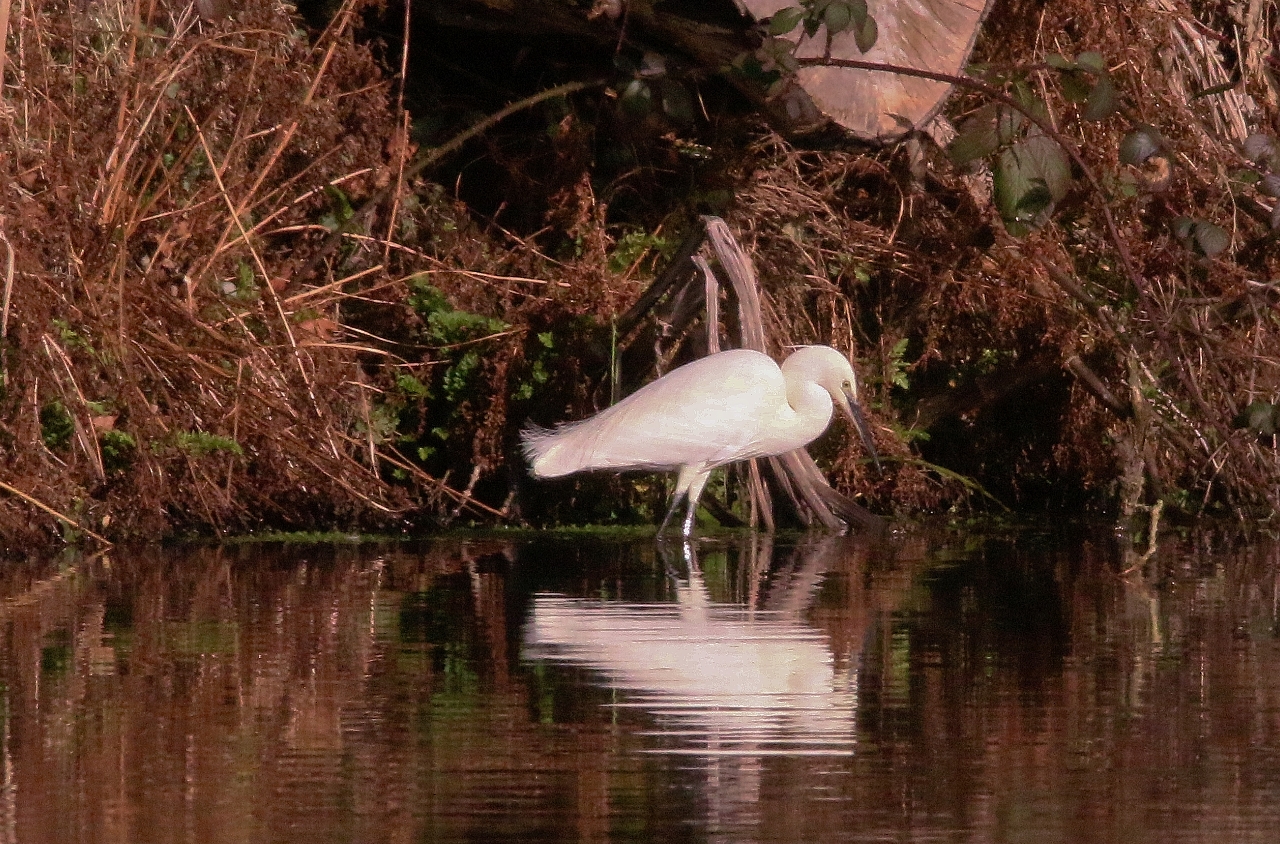
Little egret, slightly larger, more slenderand with a longer,slimmer bill, than the cattle egret (at Warblington).
Then descended to the lakeside to feed.
As often, especially this time of year, warm westerly winds brought with it overcast skies and rain. This didn’t dissuade Dougal and I one last trip before the month was out, Finally getting around to attempting a view of a ‘vagrant’ rose-coloured starling that had been residing around a housing estate in Crawley, West Sussex.
Fortune was on our side as we arrived at our destination. Three ‘birders’ from Essex were standing by the roadside, pointing to the top of a tall conifer as we got out of the car.

Rose-coloured starlings are colonial breeders, and like other starlings, are highly gregarious, forming large winter flocks.
The breeding range of this bird is from easternmost Europe across temperate southern Asia. It winters in India and tropical Asia. Also known as the rosy starling, in years when grasshoppers and other insects are abundant, it will erupt well beyond its core range, with significant numbers reaching France and even a few, like this one, visiting the UK.
Like our starlings, they are highly gregarious, and in largely noisy flocks can be serious pests for cereal crops. But they also act well in controlling grasshoppers and locusts in their native environments.

Rose-coloured starlings’ winter plumage in males is rather dull. Females have a short crest and lack the sharp separation between pink and black.
This particular, rose-coloured starling appears to have befriended a large group of our common starlings and has been witnessed on numerous occasions within a flock, that are currently roosting at Hedgecourt Lake, near East Grinstead.
Although not as colourful and handsome as one in summer plumage, it was just pleasing to get a few picture, and to see another bird to add to my ‘life’ list.
Responses to Birdwatcher’s Diary No.128
Leave a Comment Cancel replyPlease see our comments policy. All comments are moderated and may take time to appear.
Recent Articles
- Guildford Institute’s Crowdfunding Project for Accessible Toilet in its New Community and Wellbeing Centre
- Letter: Guildford – Another Opportunity Missed?
- Letter: GBC’s Corporate Strategy – Where Is the Ambition?
- My Memories of John Mayall at a Ground-breaking Gig in Guildford Nearly Six Decades Ago
- Westborough HMO Plans ‘Losing the Heart of the Street’ Says Resident
- College Invests to Boost Surrey’s Economy and Close Digital Skills Gap
- Community Lottery Brings Big Wins for Local Charities
- GBC Housing Plan Promises ‘A Vibrant Urban Neighbourhood’ Near Town Centre
- Hospital Pillows ‘Shortage’ at the Royal Surrey
- Updated: Caravans Set Up Camp at Ash Manor School


Recent Comments
- Ian Macpherson on Updated: Main Guildford to Godalming Road Closed Until August 1
- Sara Tokunaga on GBC Housing Plan Promises ‘A Vibrant Urban Neighbourhood’ Near Town Centre
- Michael Courtnage on Daily Mail Online Reports Guildford Has Highest-paid Council Officer
- Alan Judge on GBC Housing Plan Promises ‘A Vibrant Urban Neighbourhood’ Near Town Centre
- John Perkins on GBC Housing Plan Promises ‘A Vibrant Urban Neighbourhood’ Near Town Centre
- S Collins on GBC Housing Plan Promises ‘A Vibrant Urban Neighbourhood’ Near Town Centre
Search in Site
Media Gallery
Dragon Interview: Local Artist Leaves Her Mark At One of England’s Most Historic Buildings
January 21, 2023 / No Comment / Read MoreDragon Interview: Lib Dem Planning Chair: ‘Current Policy Doesn’t Work for Local People’
January 19, 2023 / No Comment / Read MoreA3 Tunnel in Guildford ‘Necessary’ for New Homes, Says Guildford’s MP
January 10, 2023 / No Comment / Read More‘Madness’ for London Road Scheme to Go Ahead Against ‘Huge Opposition’, Says SCC Leader
January 6, 2023 / No Comment / Read MoreCouncillor’s Son Starts Campaign for More Consultation on North Street Plan
December 30, 2022 / No Comment / Read MoreCounty Council Climbs Down Over London Road Works – Further ‘Engagement’ Period Announced
December 14, 2022 / No Comment / Read MoreDragon Interview: GBC Reaction to the Government’s Expected Decision to Relax Housing Targets
December 7, 2022 / No Comment / Read MoreHow Can Our Town Centre Businesses Recover? Watch the Shop Front Debate
May 18, 2020 / No Comment / Read More



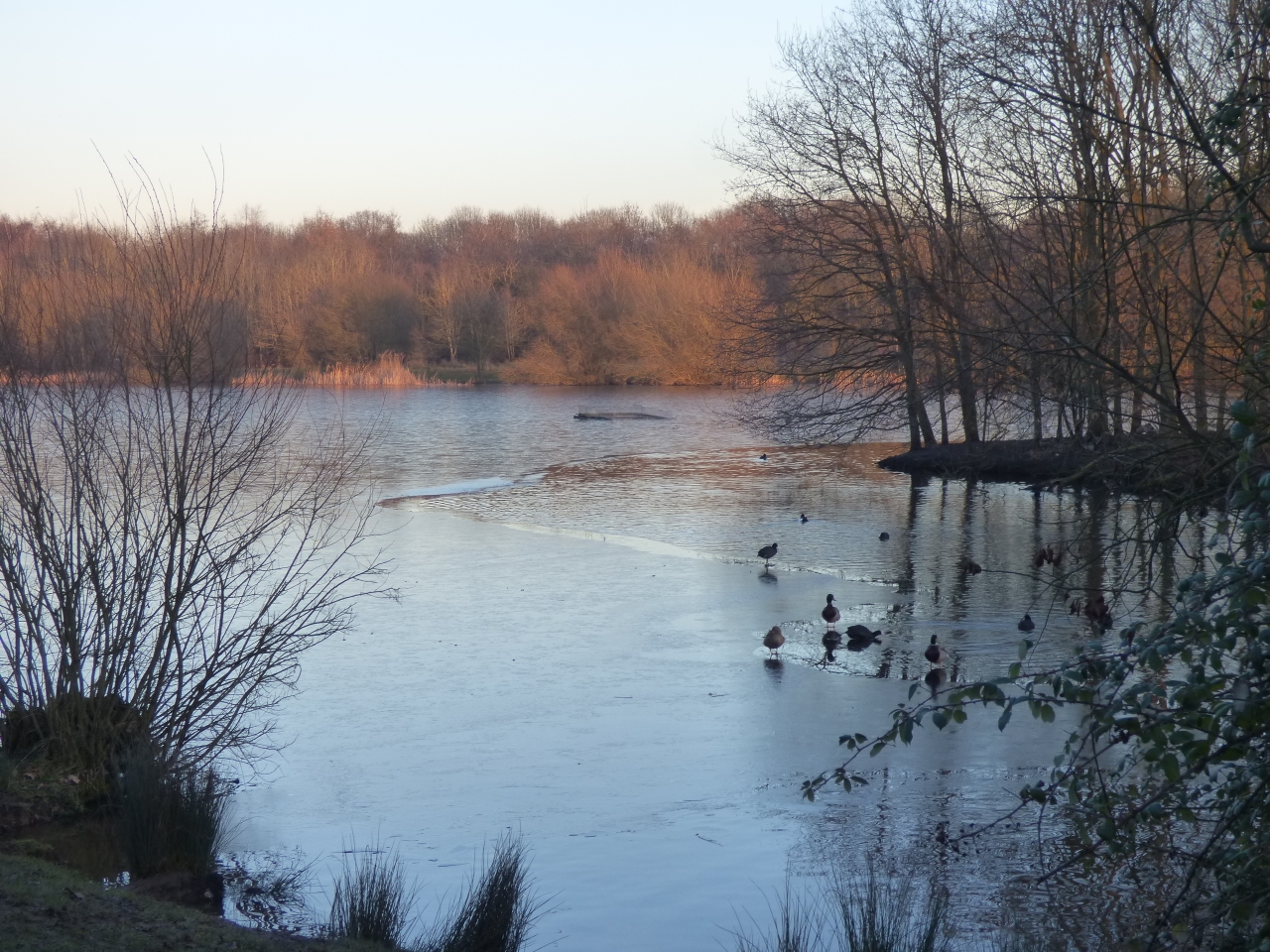


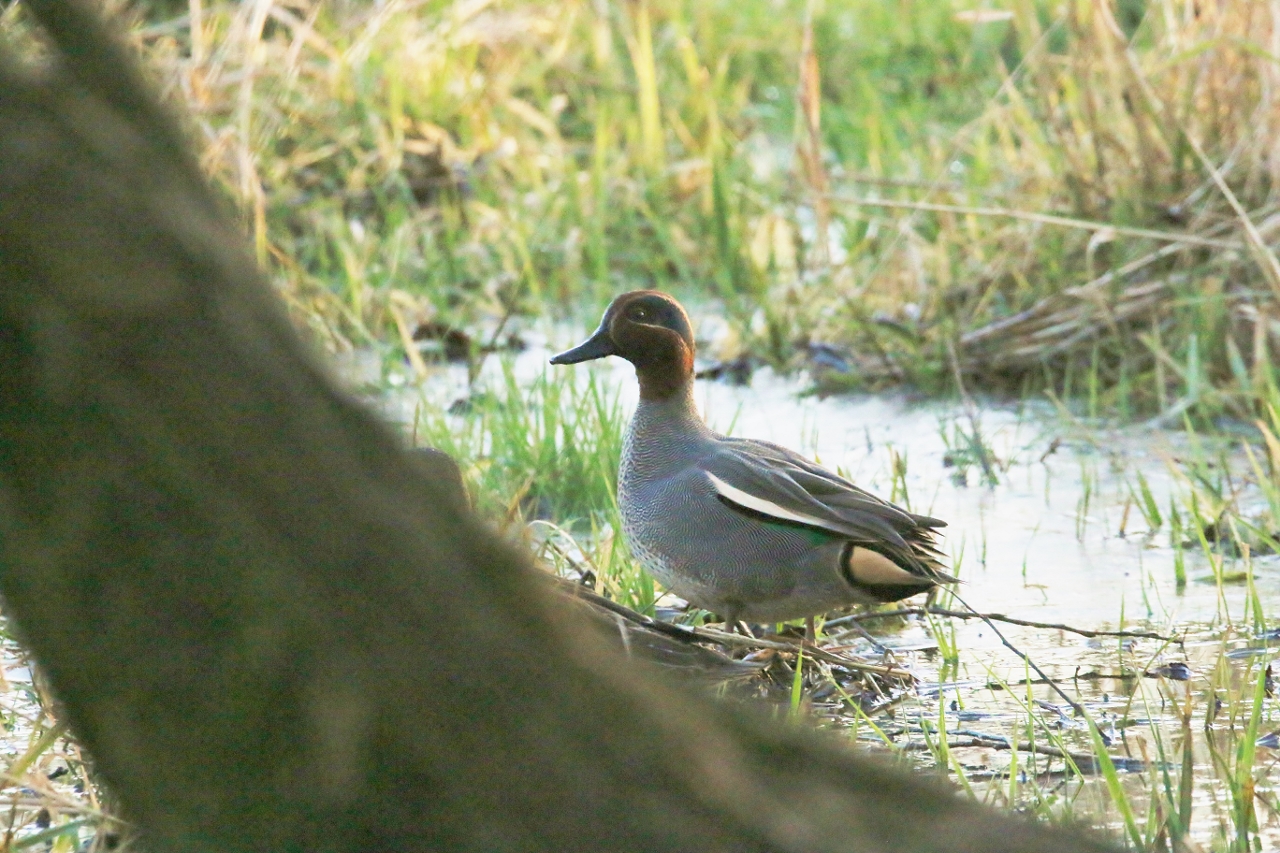

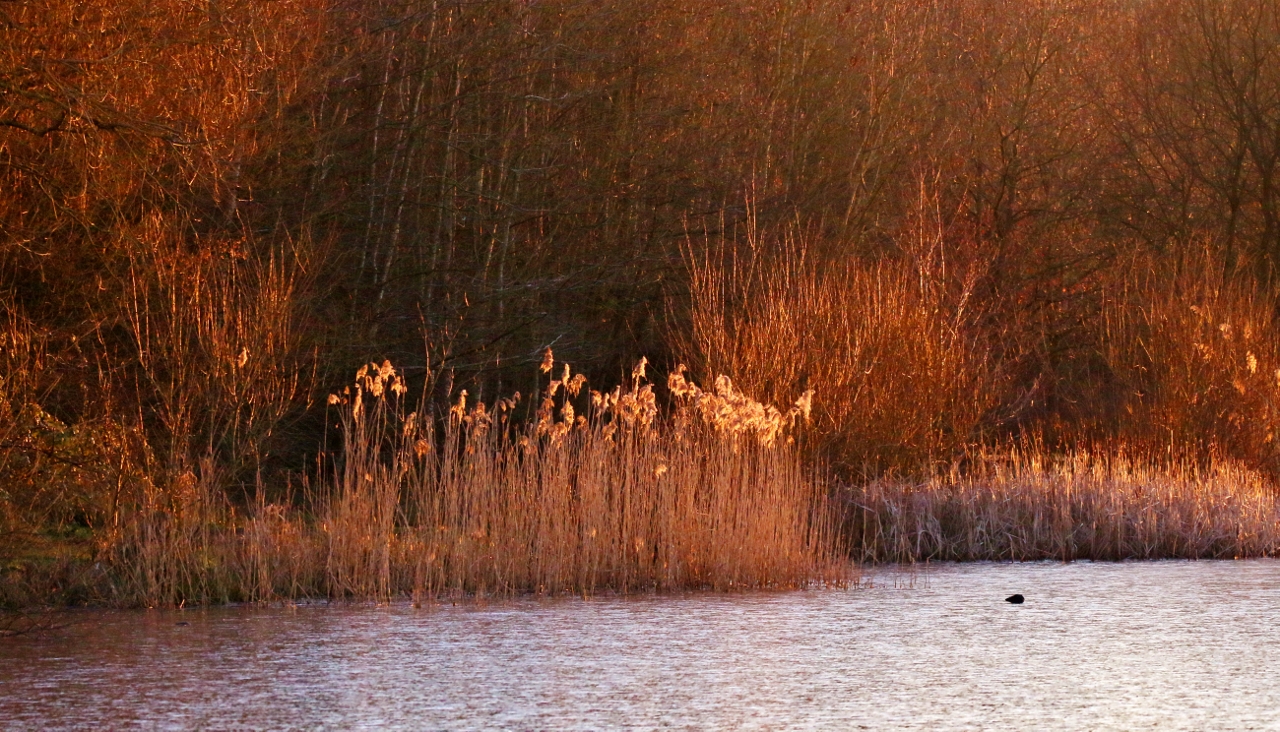

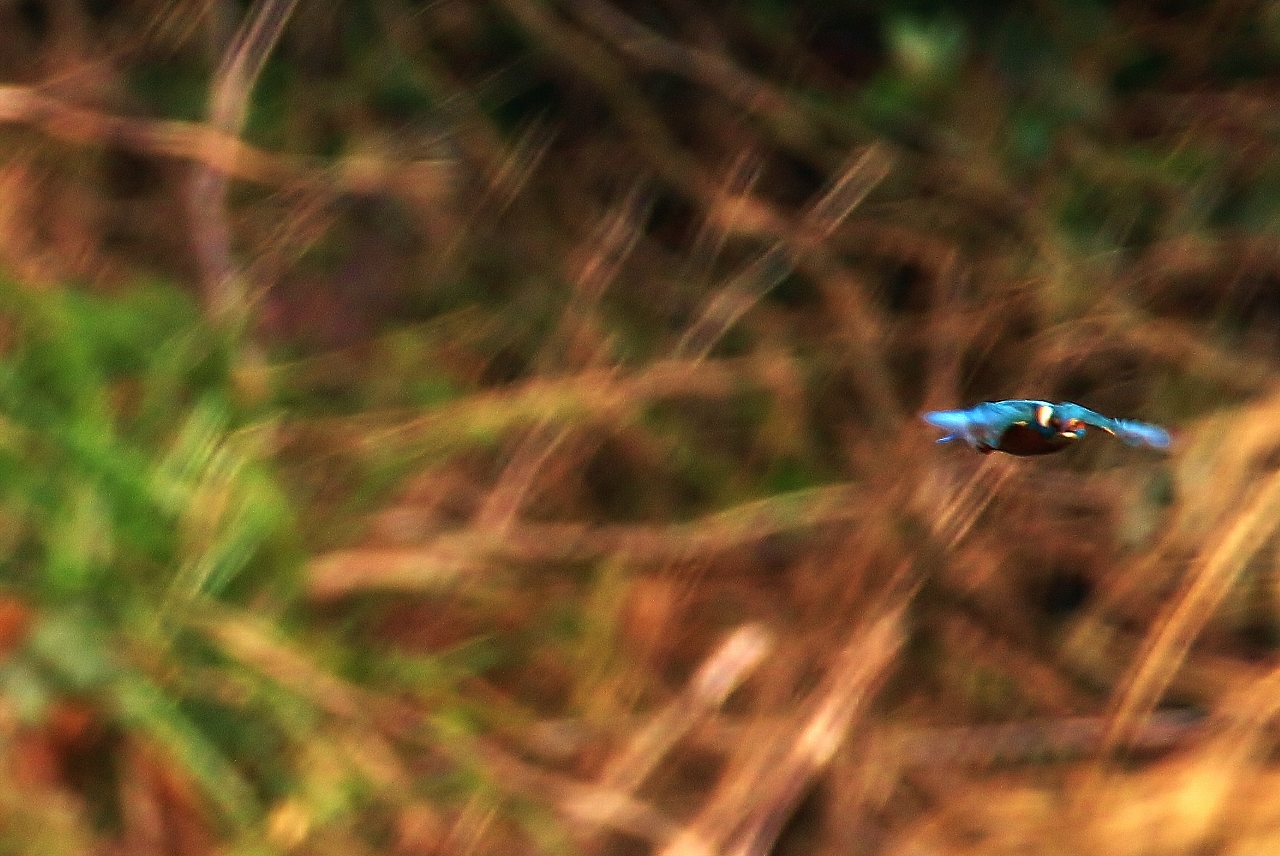
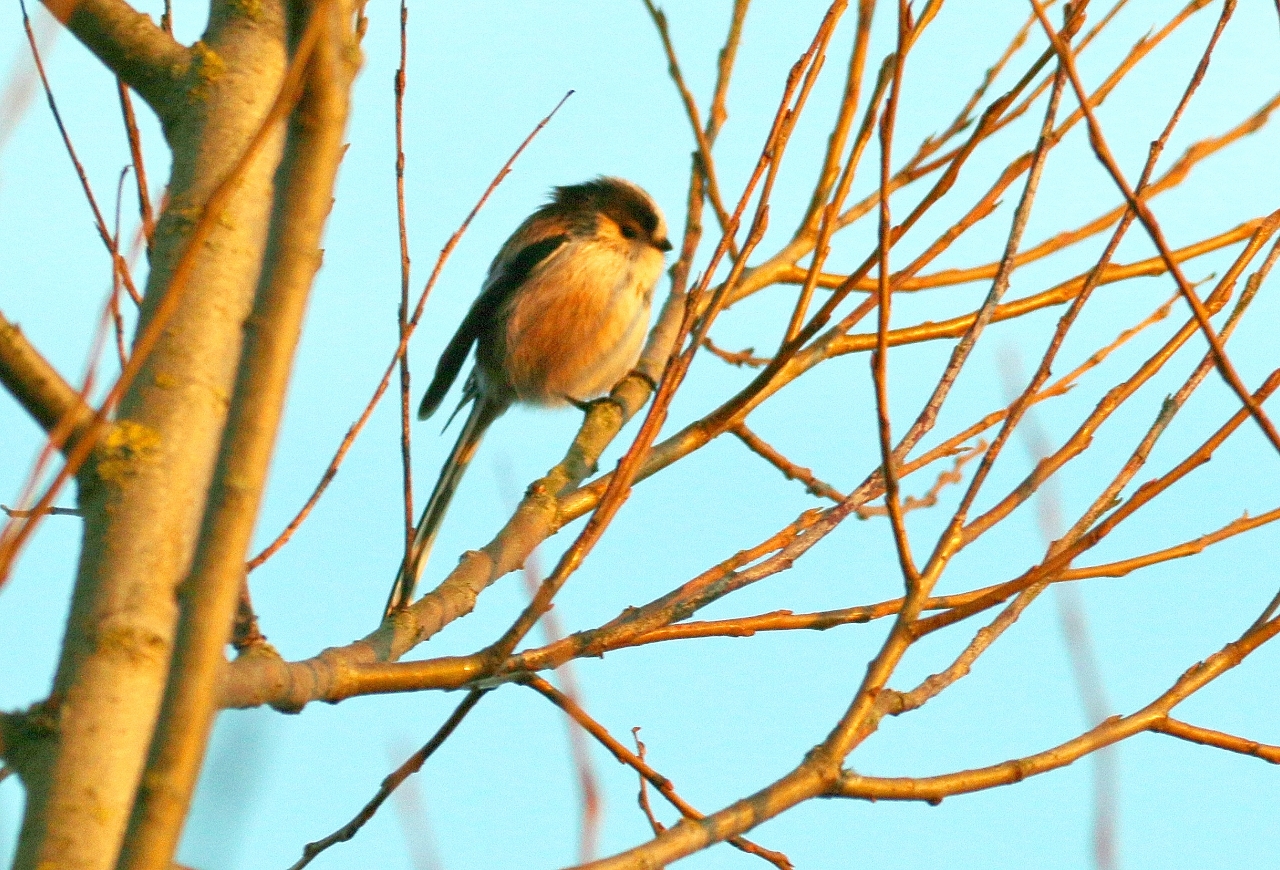
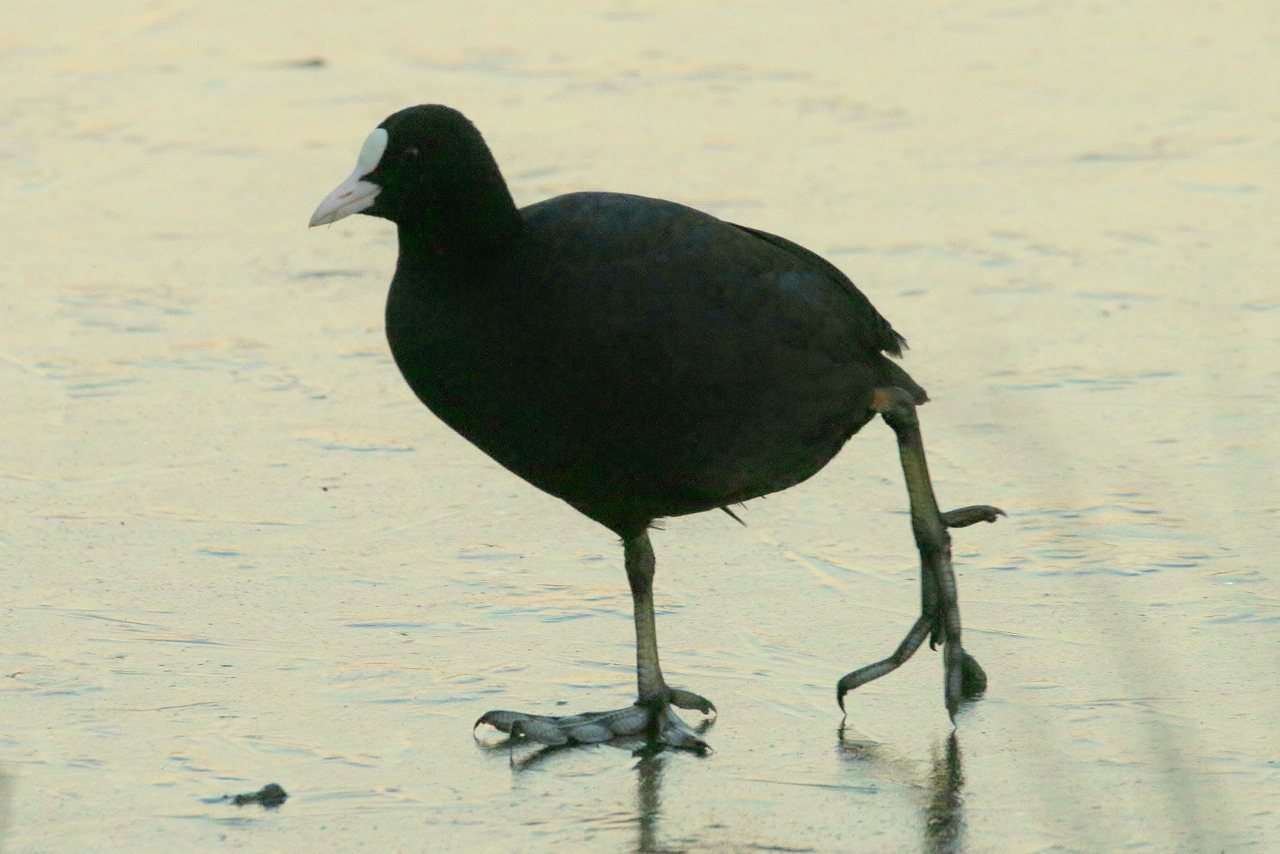


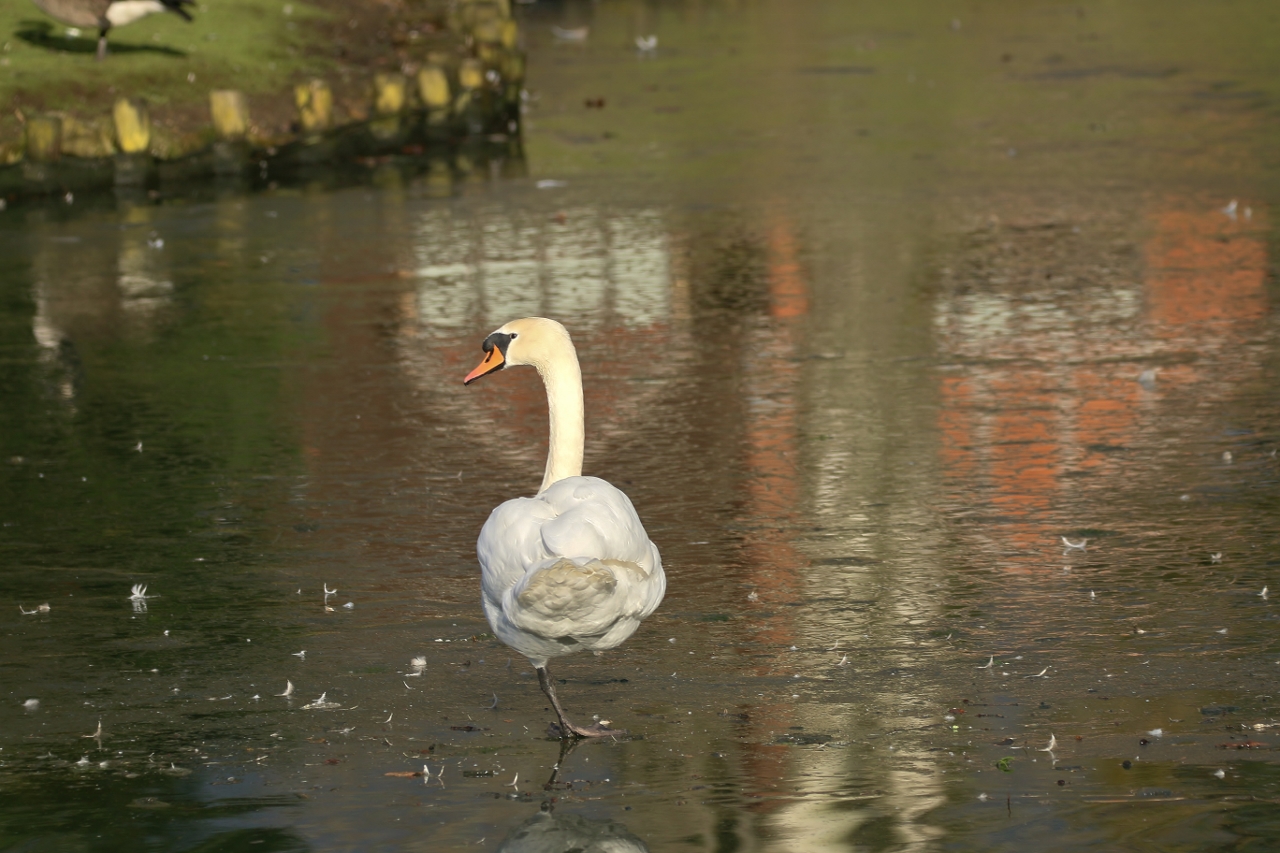

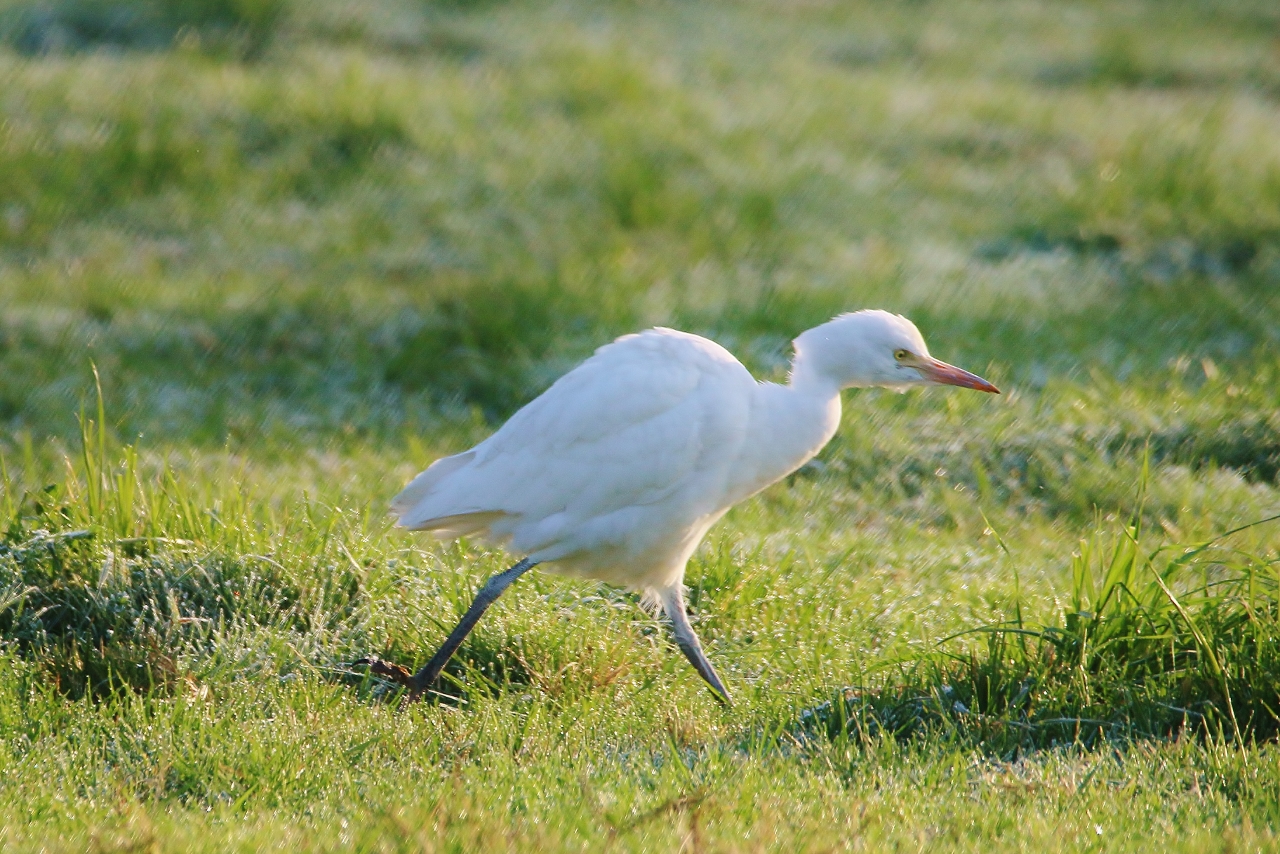

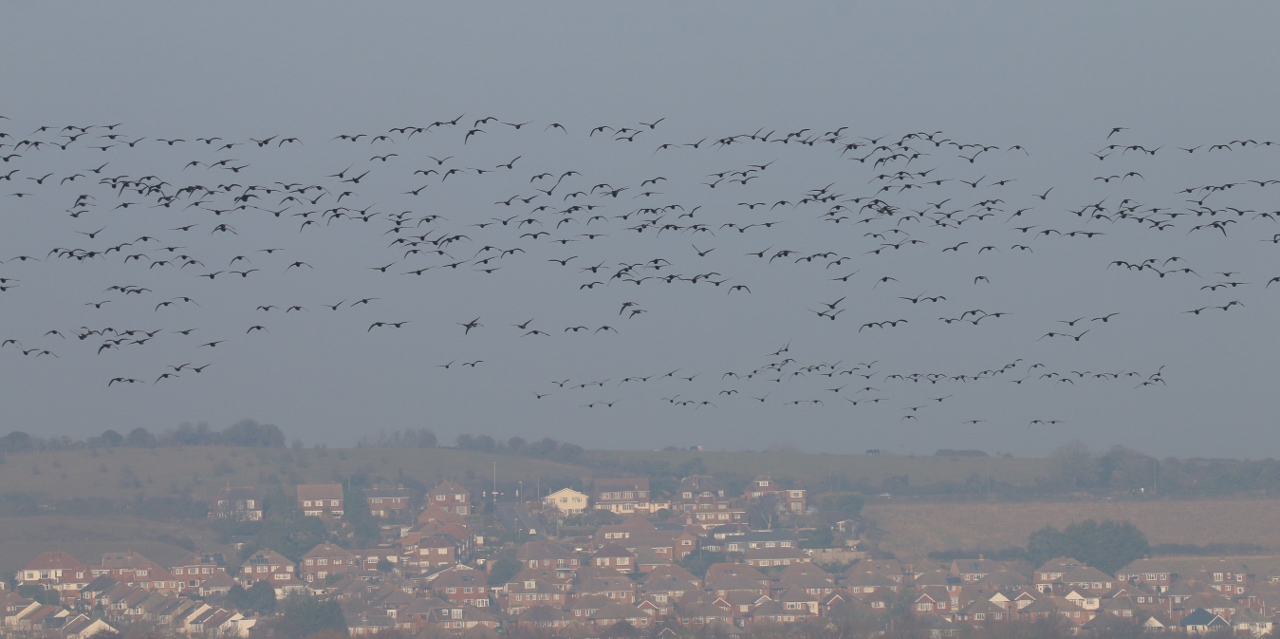
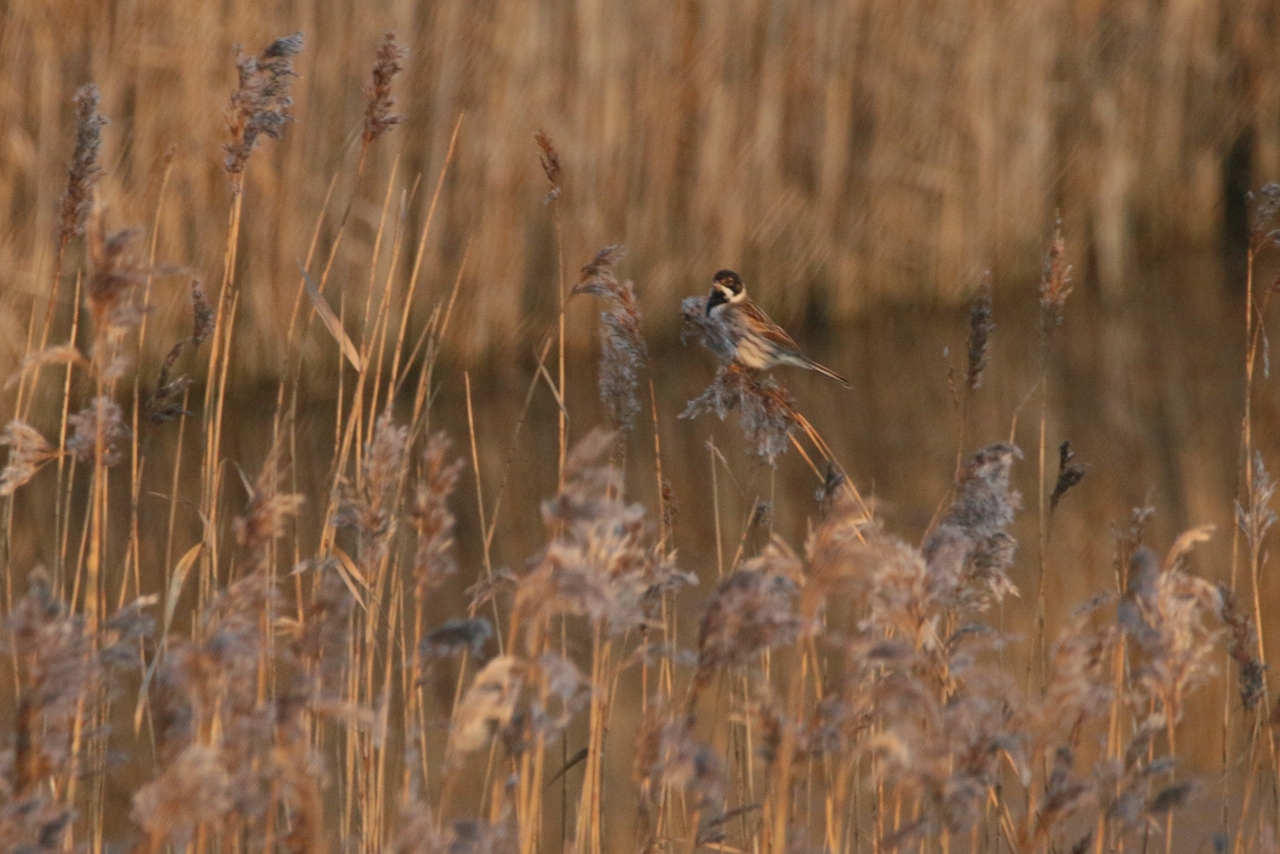

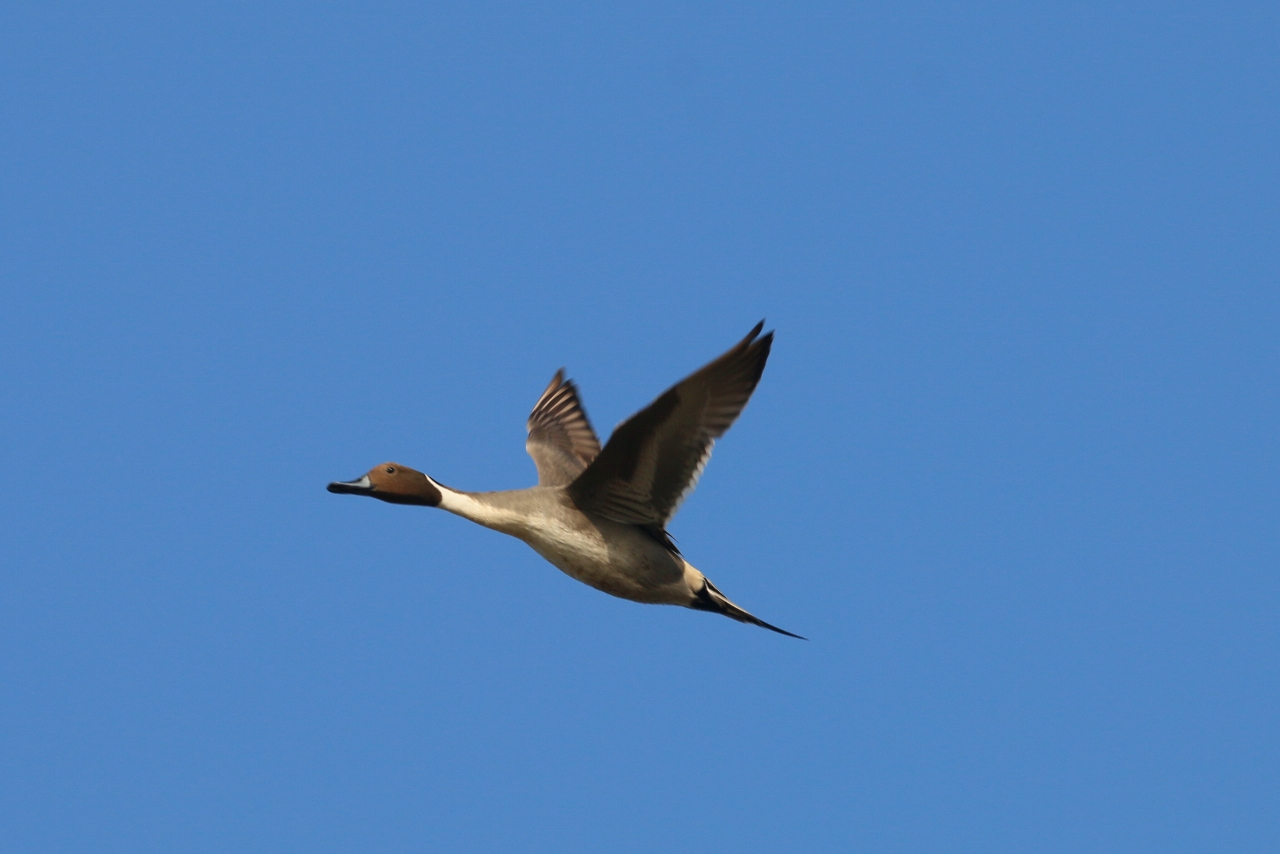


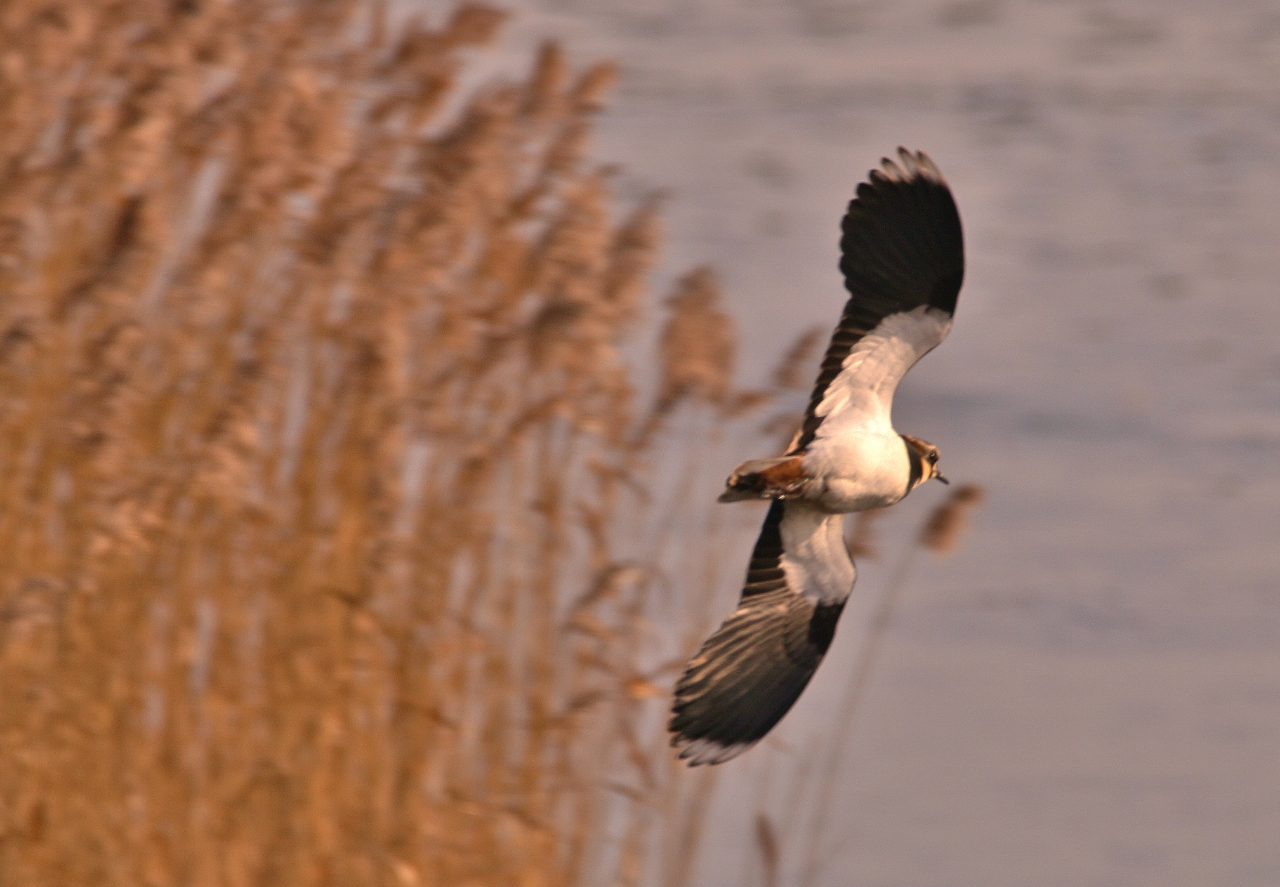

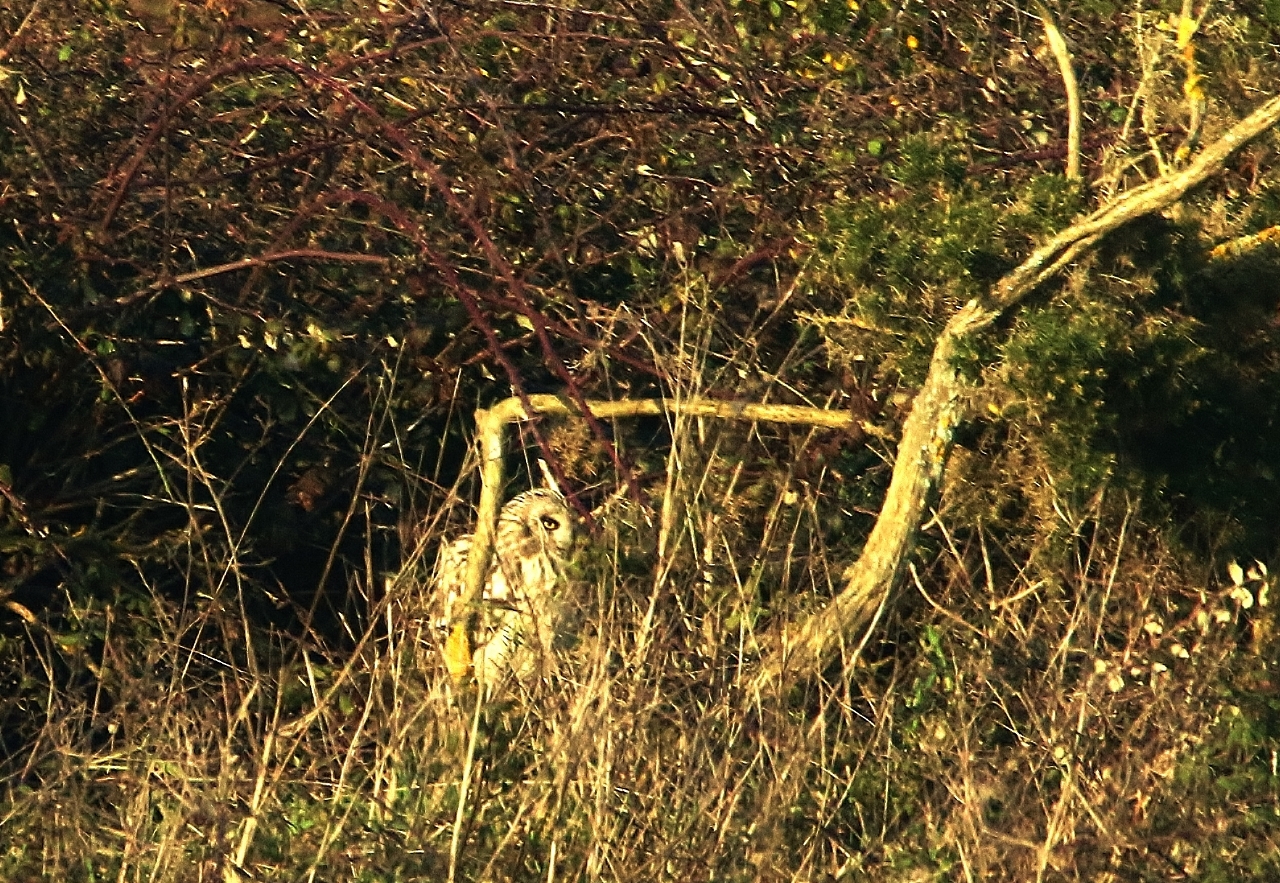

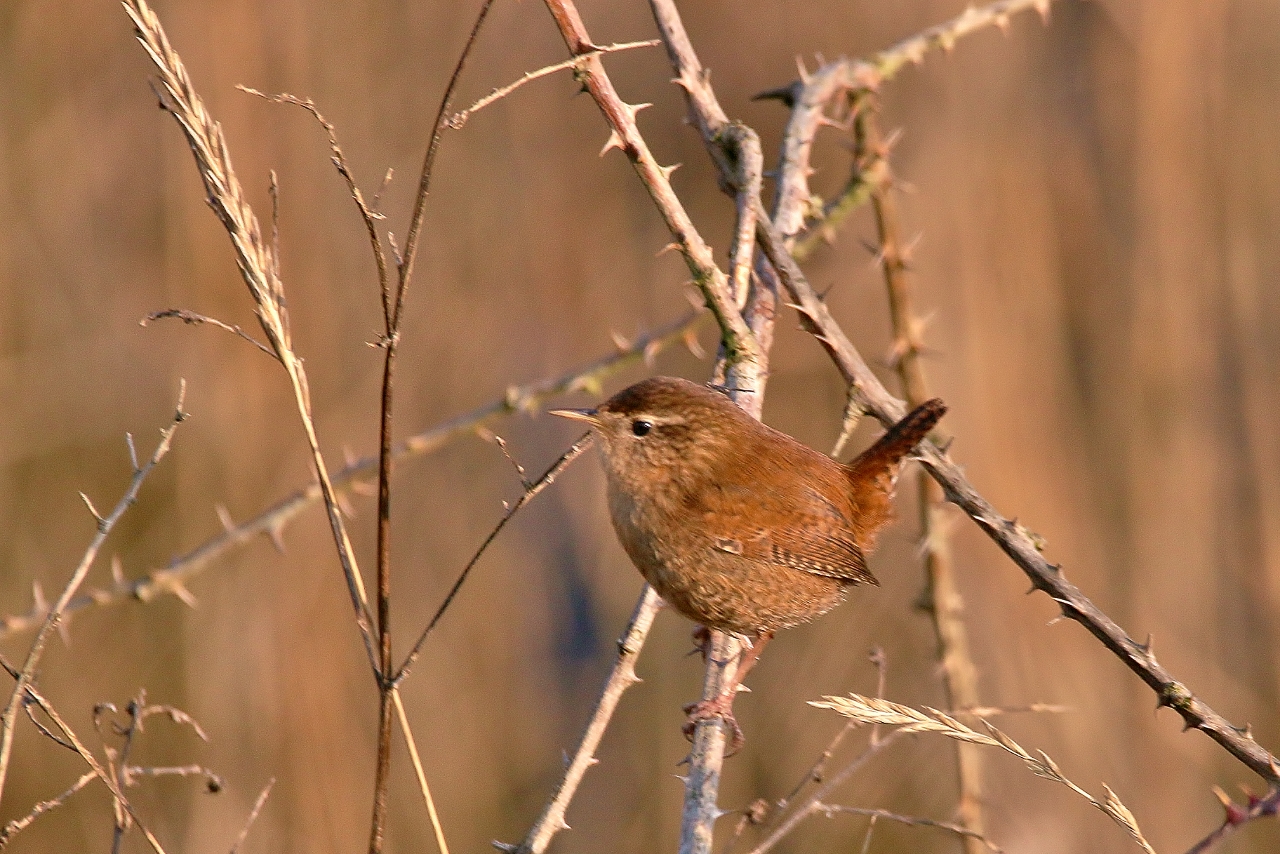
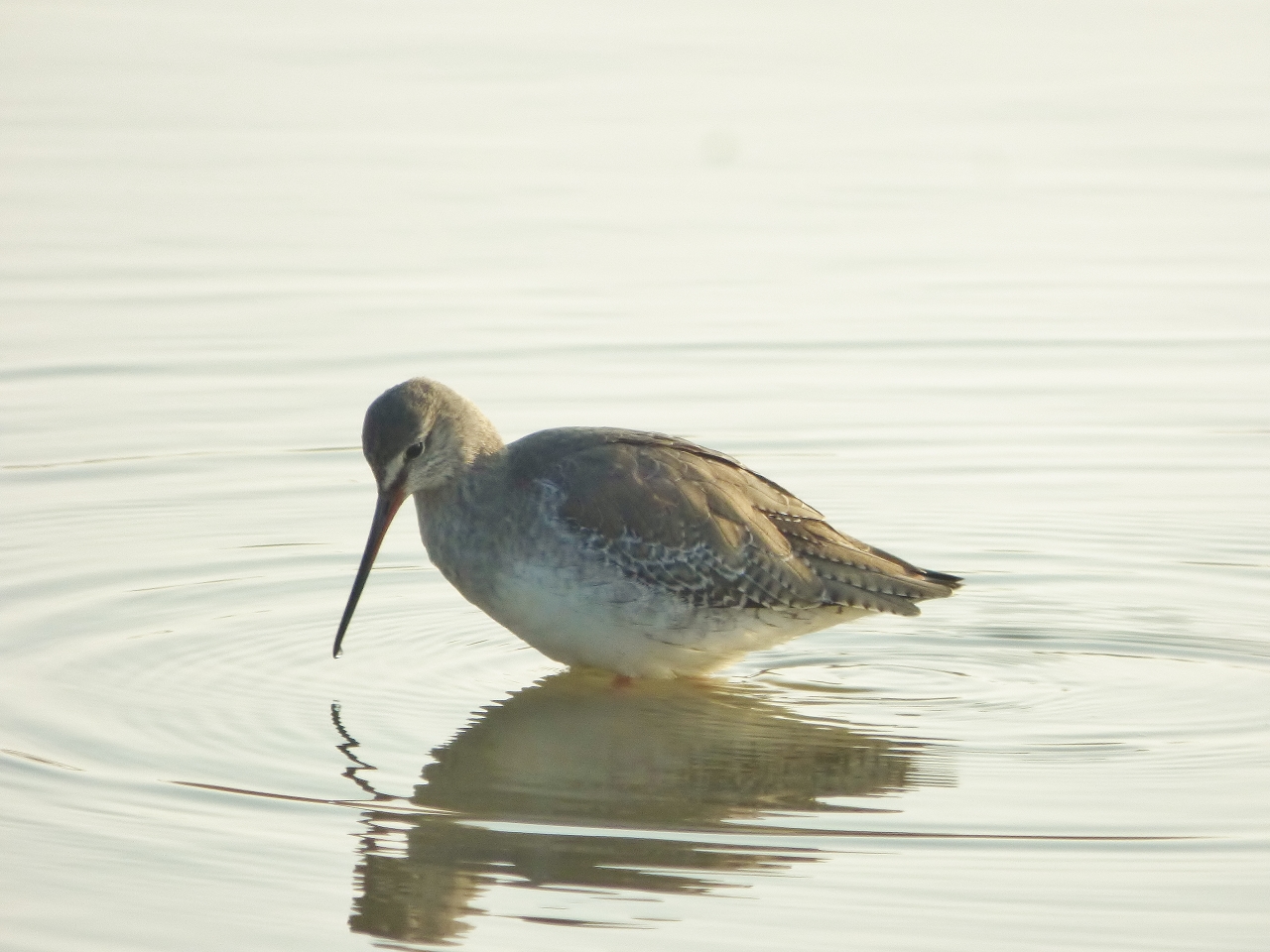
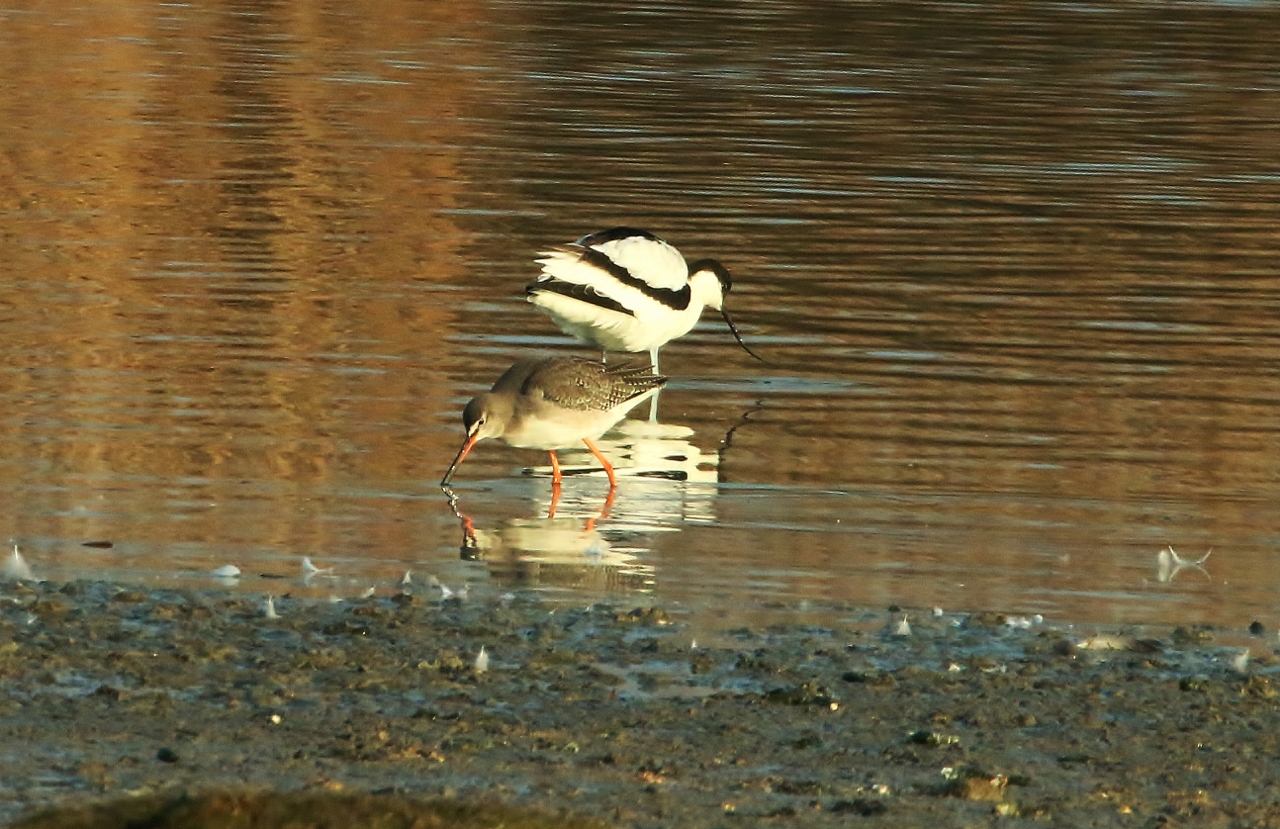
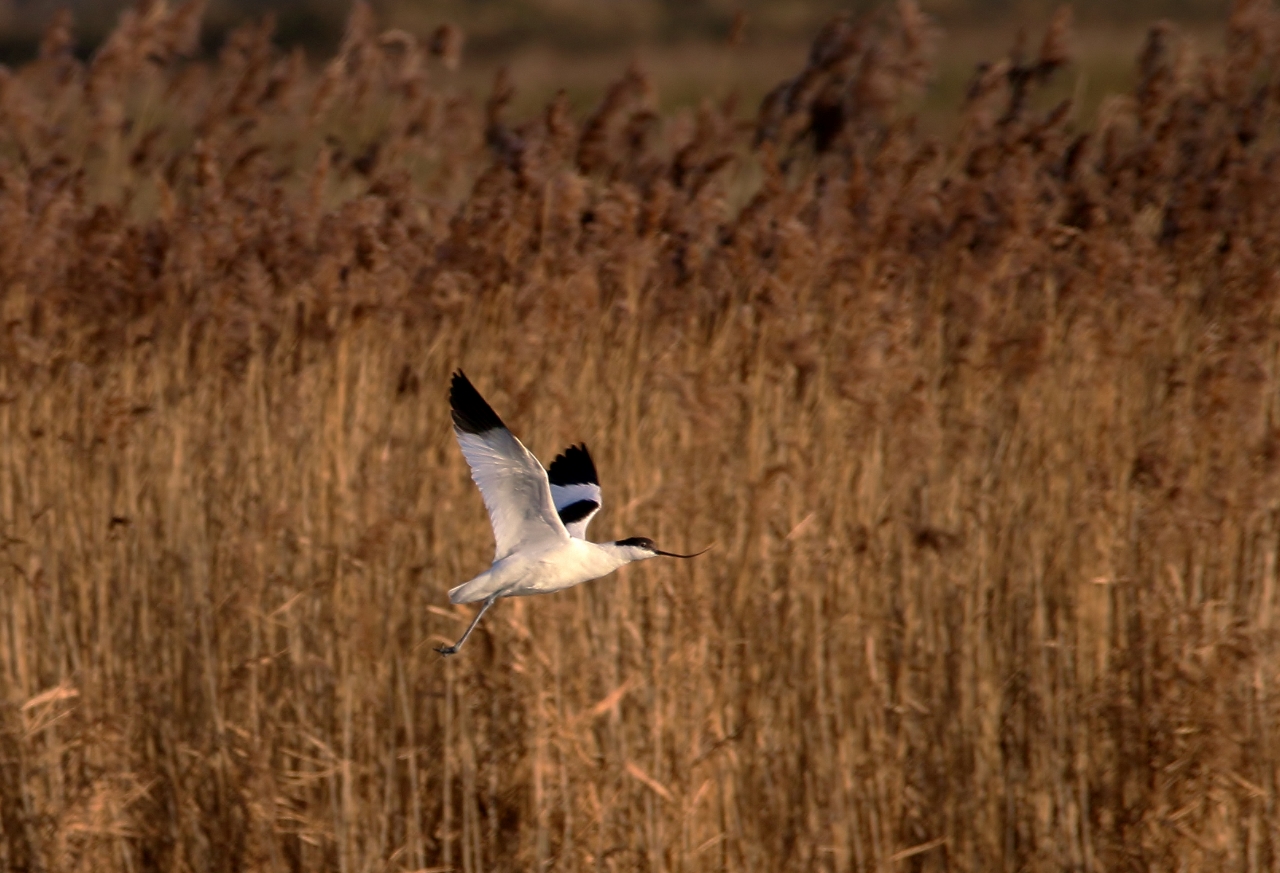




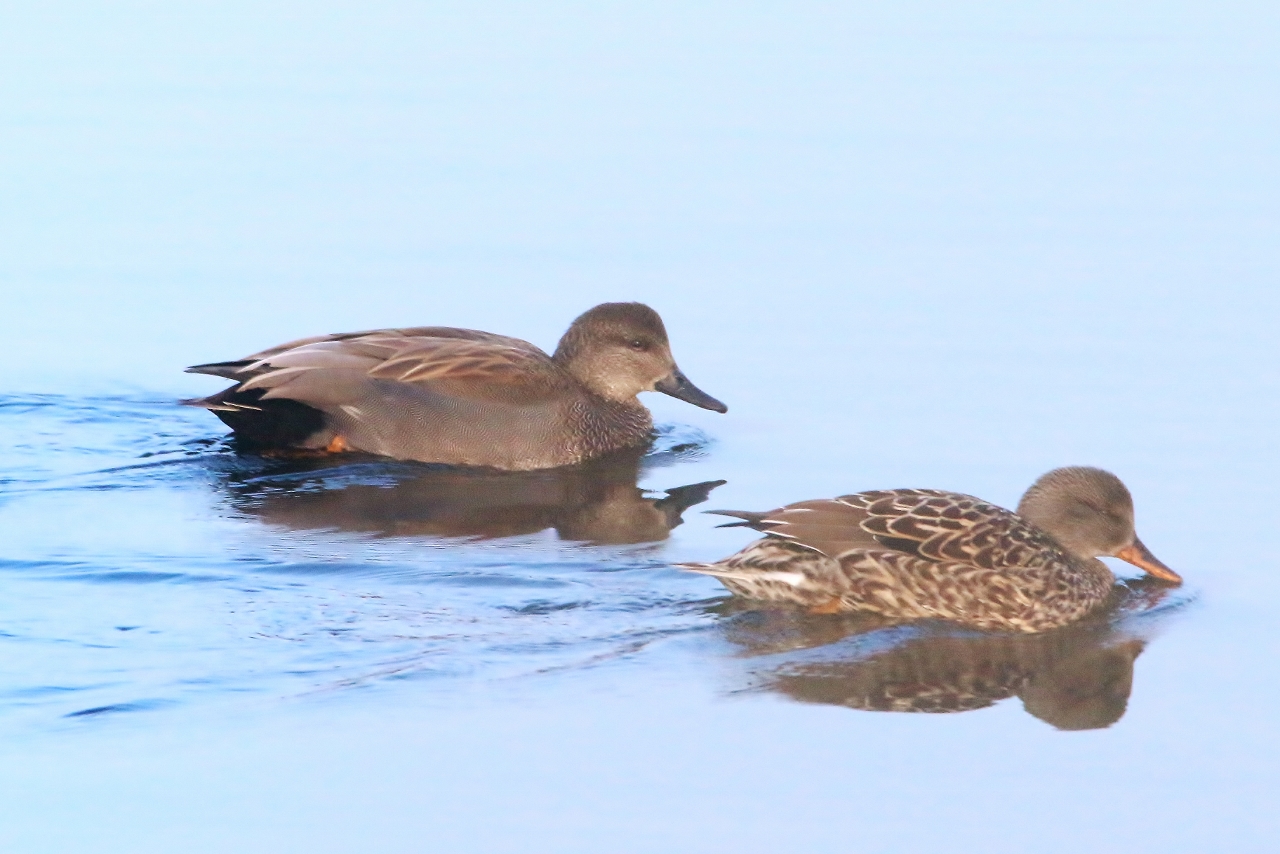




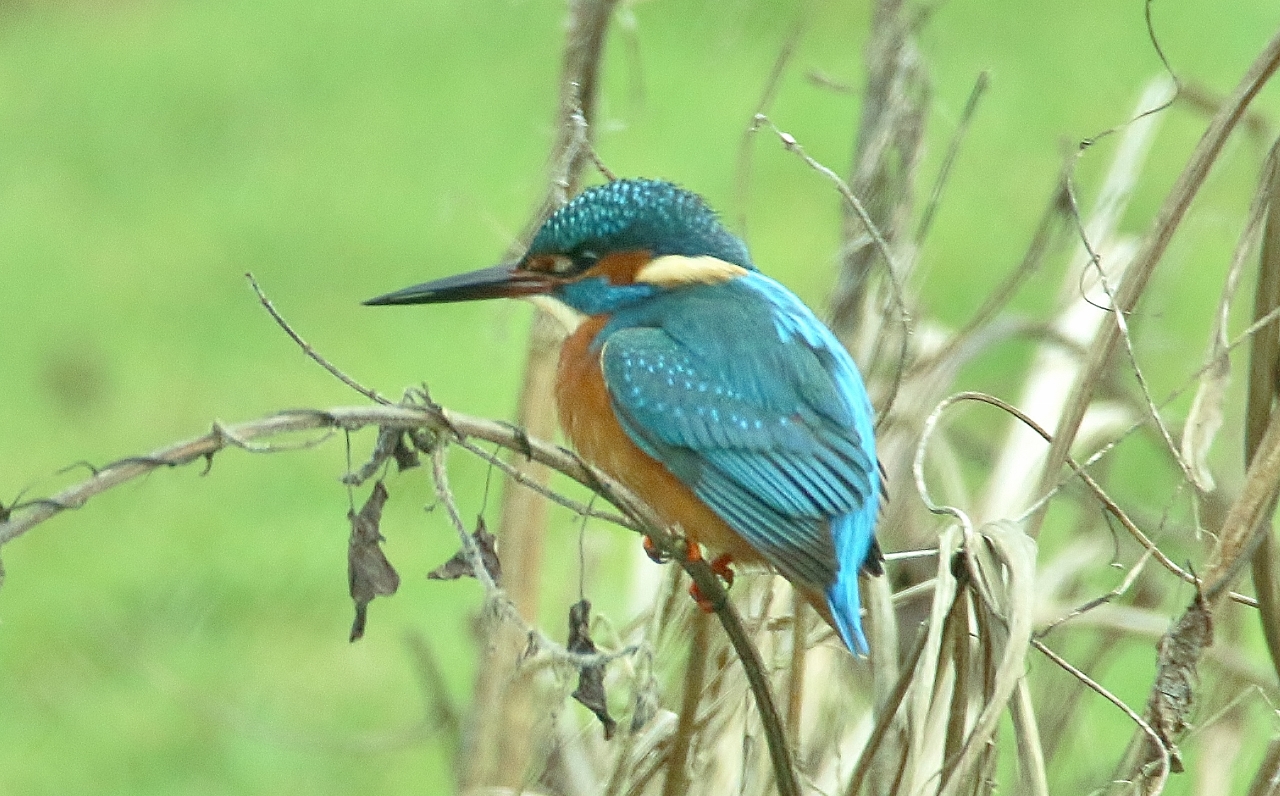
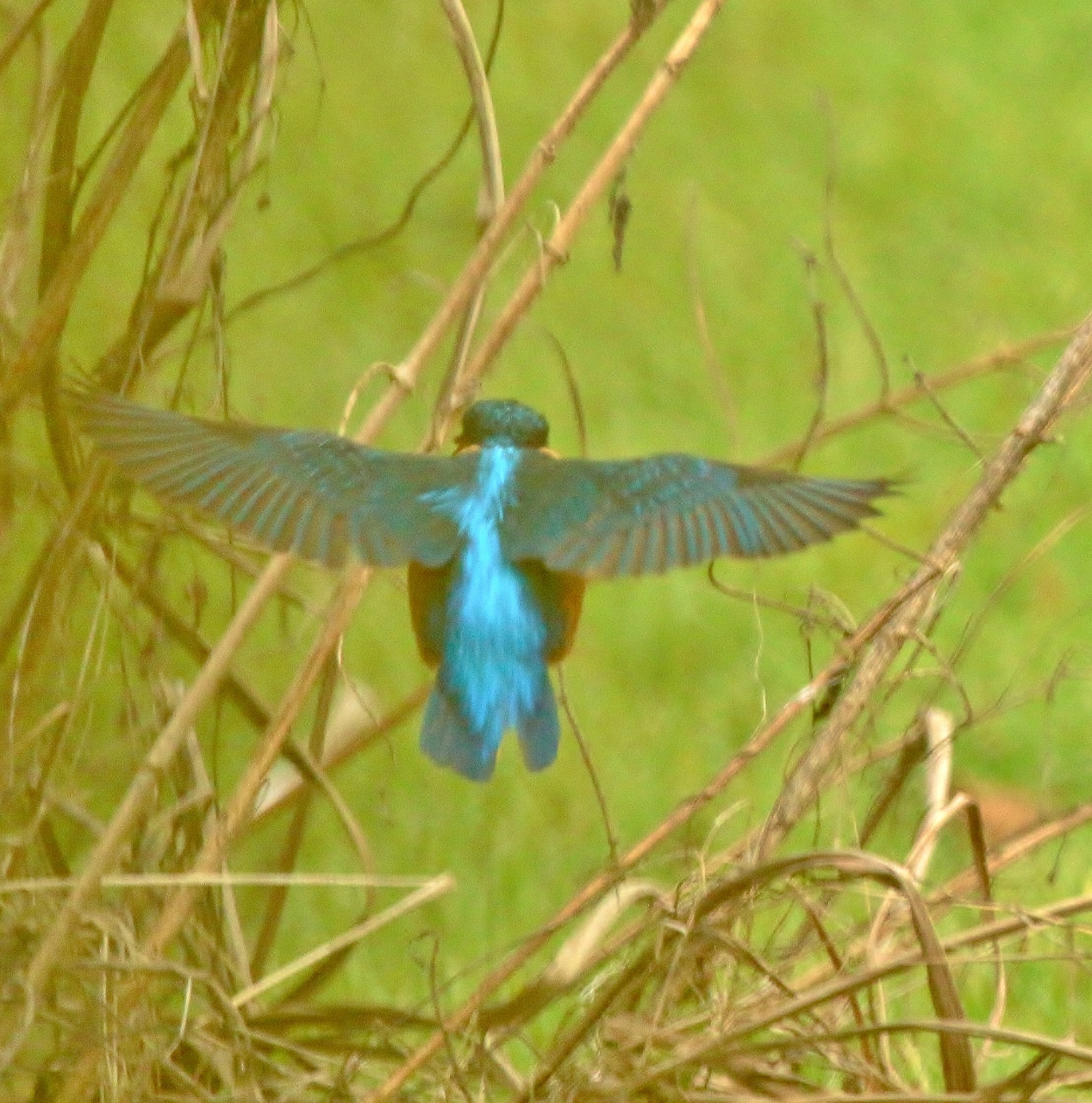









Ros McMillan
February 7, 2017 at 8:45 pm
Every one of these diaries is a delight. Thank you for giving readers so much pleasure.
Malcolm Fincham
February 11, 2017 at 10:00 pm
Compliments are always welcome and inspiring.
Thank you, I am smiling.
Mike Beer
February 17, 2017 at 12:49 pm
Malcolm’s photos are superb. I enjoyed them very much. At Riverside there are definitely singing chiffchaffs. There were two this morning in the marsh area. Also three reed buntings taking up display positions.